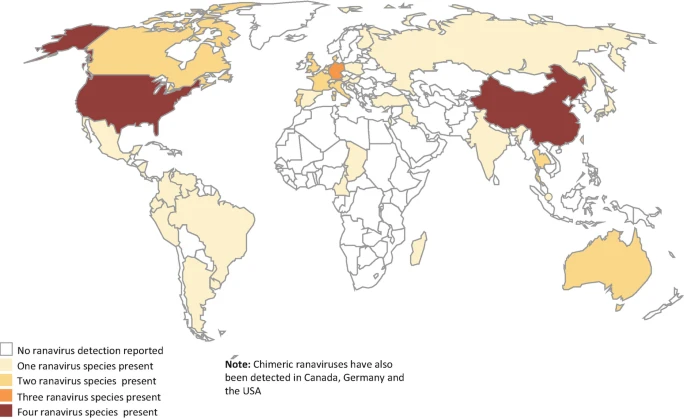Our findings help to explain observed Bsal epidemiology and provide insights into how strain identity strongly influences when and which host populations are most at risk, with important implications for Bsal research and amphibian conservation efforts. Leer más.





Embryonic exposure through maternally transferred pollutants can affect embryo vitality, survival, and health. Reptiles face global declines and are sensitive to embryonic pollutant exposure. Leer más.

Herein, we describe the global distribution of ranaviruses in amphibians, fish, and reptiles, host range of the different Ranavirus species, the implications of interclass transmission, and the impact of trade on ranavirus distribution. The Global Ranavirus Reporting System (GRRS), which documents global detections of ranaviruses, is also presented. Leer más.

We found that body condition, and especially size and sex, explain a great proportion of the variability observed in this species. These differences point to an effect of ontogeny, which might play a major role in colour development owing to the longevity of this species. Leer más.








